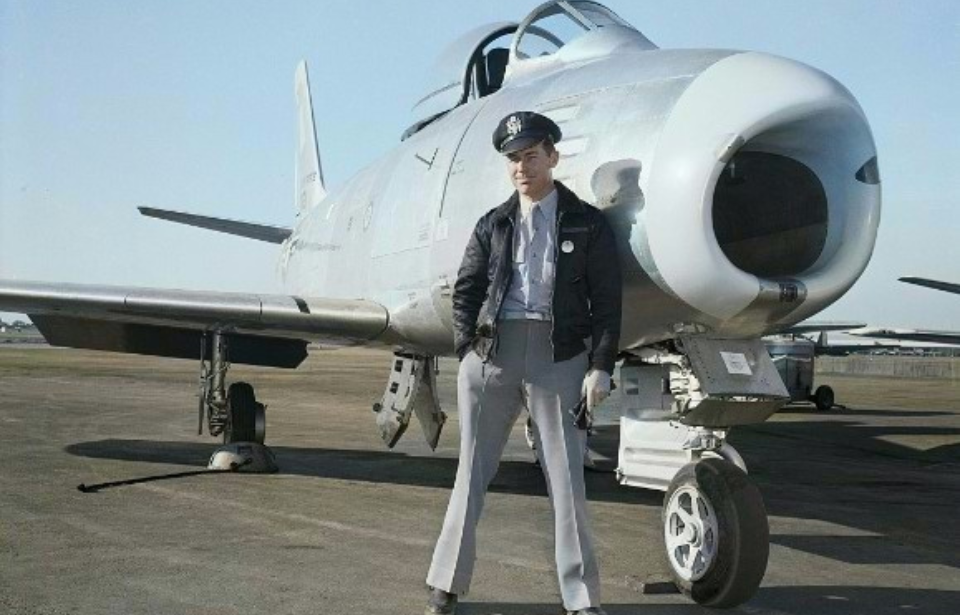Brig. Gen. Chuck Yeager is celebrated as one of the greatest aviators of the 20th century. Famous for becoming the first pilot to exceed the speed of sound, he served in the US Army Air Forces (USAAF) during World War II. While facing down enemy aircraft over Europe, he was shot down but successfully eluded capture with assistance from the French Resistance, eventually achieving the esteemed distinction of “ace in a day.”
Chuck Yeager’s early life
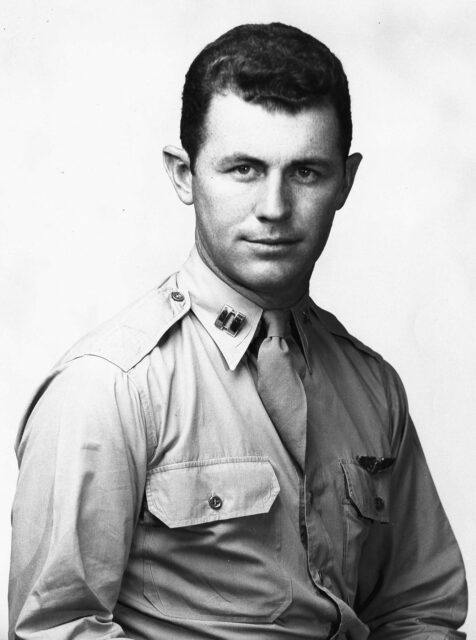
Charles “Chuck” Yeager was born on February 13, 1923, in Myra, West Virginia. Raised in a rural farming environment, he developed a keen interest in mechanics and engineering, a passion nurtured by his father. The elder Yeager, who ran a natural gas drilling business, introduced his son to pumps and generators from an early age.
As a teenager, Yeager showcased his innate mechanical skill by repairing farm machinery and cars. He was particularly fascinated by Chevrolet engines, which he could effortlessly disassemble, fix, and reassemble.
In the summers of 1939 and 1940, he participated in the Citizens Military Training Camp at Fort Benjamin Harrison, Indiana. He completed high school in 1941 and soon started on his military career.
Becoming a pilot with the US Army Air Forces
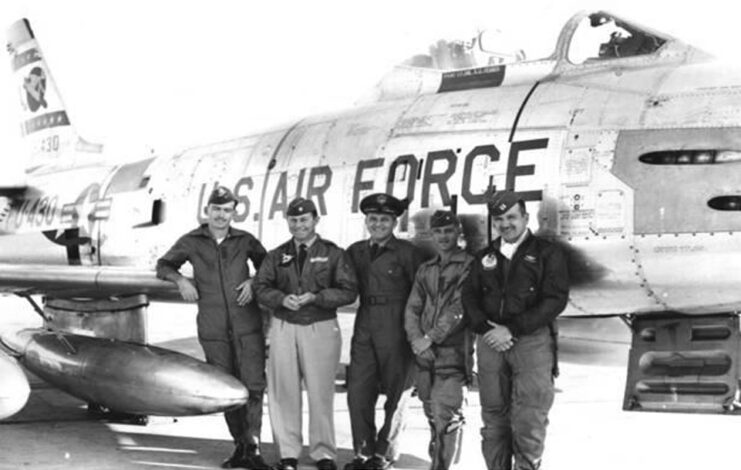
Chuck Yeager enlisted in the USAAF on September 12, 1941. He first worked as an aircraft mechanic out of George Air Force Base, California, and then as a crew chief on a Beechcraft AT-11 Kansan. Yeager was chosen for pilot training in July 1942, as part of the flying sergeant program. He hadn’t been eligible when he first enlisted, due to his young age, but this all changed when the United States entered the war.
Yeager earned his wings on March 10, 1943 and was promoted to the rank of flight officer. Training soon began with the 363rd Fighter Squadron, 357th Fighter Group in Nevada, where he flew the Bell P-39 Airacobra. One of his fellow pilots later recalled, “Yeager could fly. Right from the start, he was pretty impressive.”
Chuck Yeager was shot down in France
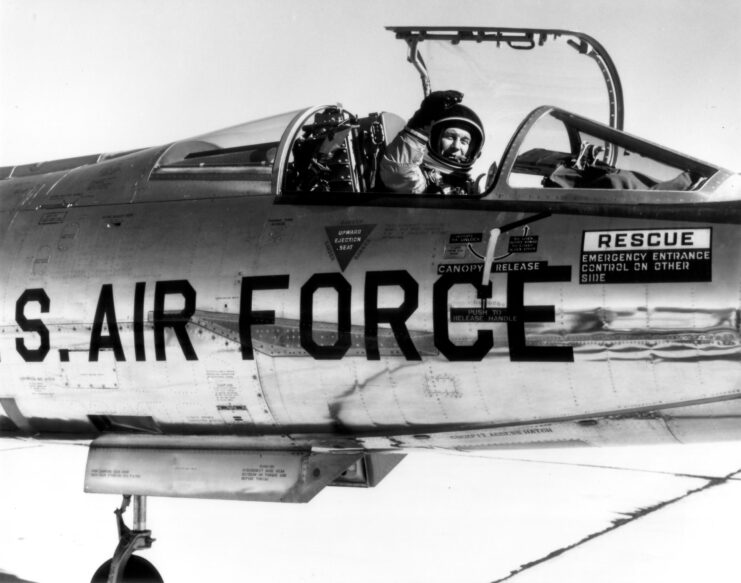
On November 23, 1943, Chuck Yeager was shipped to the United Kingdom to join the fight, transitioning to the North American P-51 Mustang. While there, he began a tradition he’d carry throughout his career, naming his aircraft Glamorous Glen, after his longtime girlfriend and future wife, Glennis Dickhouse.
Yeager flew seven missions, earning one victory, before being shot down over France on his eighth by three Focke-Wulf Fw 190s. The attack severed his aircraft’s control cables, forcing him to evacuate at 18,000 feet. Somehow, Yeager managed to land without injury and began searching for shelter. Before he was able to get far, six Frenchmen surrounded him. They hid his parachute and took him to a safe house, where he was given clothing and food.
Fortunately for Yeager, they were part of the French Resistance and arranged his evacuation from the country.
‘Ace in a day’
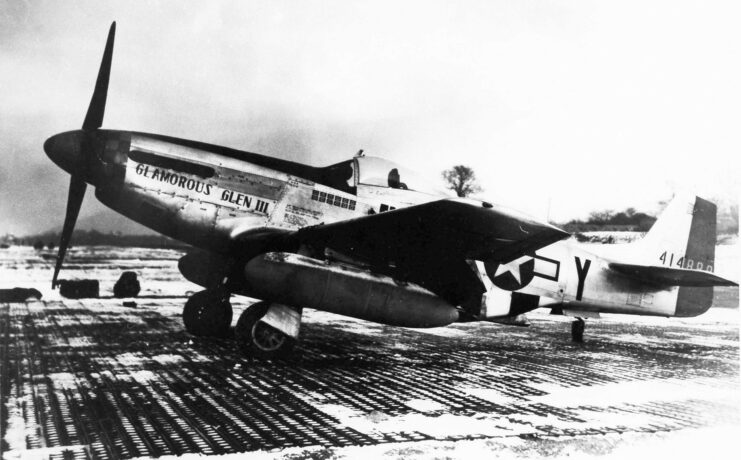
Shot down on March 5, 1944, Chuck Yeager crossed into Spain on the 30th and returned to England on May 15. Supposedly, he aided the Resistance by creating bombs, and was awarded the Bronze Star for helping an injured navigator cross the Pyrenees.
Once back with his fighter group, Yeager was informed he wasn’t allowed to fly any further combat missions, out of fear he would reveal top-secret information about the Resistance if downed a second time. This didn’t work for the pilot, who fought to return to the air at every turn.
Yeager was eventually given a meeting with Gen. Dwight Eisenhower. The military commander and future US president was so impressed with the pilot’s tenacity that he allowed him to begin flying again. It’s just as well he was allowed to do so, as he went on to become the first member of the 357th to become an “ace in a day” when he downed five enemy aircraft on October 12, 1944.
Breaking the sound barrier
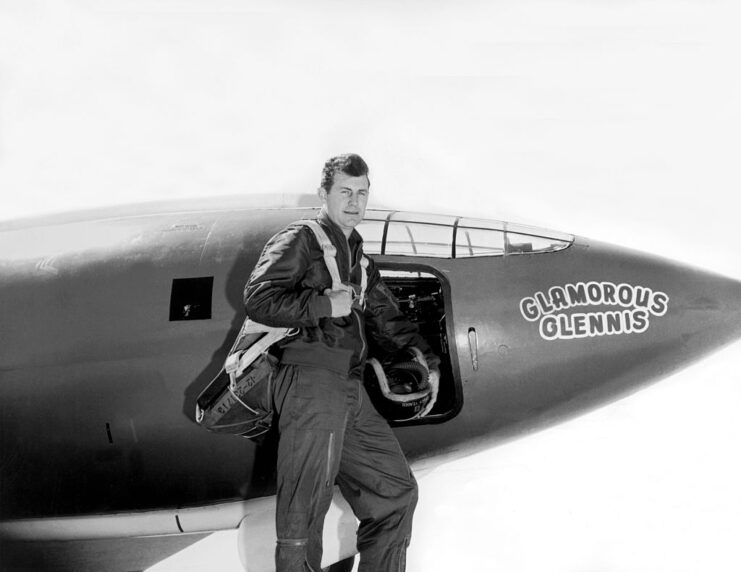
By the time the Second World War ended, Chuck Yeager had between 11.5 and 12.5 victories and was promoted to the rank of captain. Despite his impressive record, he was always vocal about disliking some of the missions, saying to a friend, “If we are going to do things like this, we sure as hell better make sure we are on the winning side.”
Yeager returned to America in February 1945, and was made a test pilot for repaired aircraft. He graduated from Air Material Command Flight Performance School, and while working in this role at Muroc Army Airfield, California was asked to break the sound barrier by flying the experimental Bell X-1. Yeager readily agreed, naming the aircraft Glamorous Glennis.
The mission almost didn’t go ahead, however, as he fell off a horse just days before, breaking two ribs. Yeager kept this a secret from everyone but his wife and a friend, Jack Ridley, as he worried he’d be pulled off of the project.
By October 14, 1947, the day of the flight, Yeager was in so much pain that Ridley had to rig a device to help him close the X-1’s hatch. He took off, reaching Mach 1.05 at 45,000 feet over the Mojave Desert. He was awarded the Collier Trophy and Mackay Trophy for the flight.
Chuck Yeager’s later life
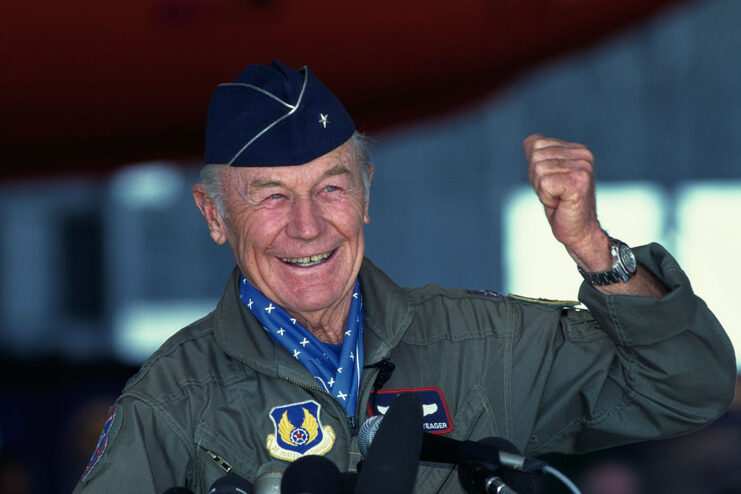
Throughout the remainder of his career, Chuck Yeager broke many records. He was awarded the Distinguished Service Medal in 1954 when the X-1A he was piloting went haywire due to inertia coupling, only for him to impressively regain control and land.
Later that same year, he held commands throughout the country, as well as in France, Spain, Germany and the Philippines during the Vietnam War.
More from us: The ‘Filthy Thirteen’ Were the Real-Life Paratroopers Who Inspired ‘The Dirty Dozen’
Yeager’s final position was as an advisor to the Pakistani Air Force. He retired in 1976 as a brigadier general, and was made major general by President George W. Bush in 2005. At 89 years old, he joined Capt. David Vincent in a McDonnell Douglas F-15 Eagle to, again, break the sound barrier on the 65th anniversary of the first time he did so.
Yeager died on December 7, 2020, at the age of 97.
